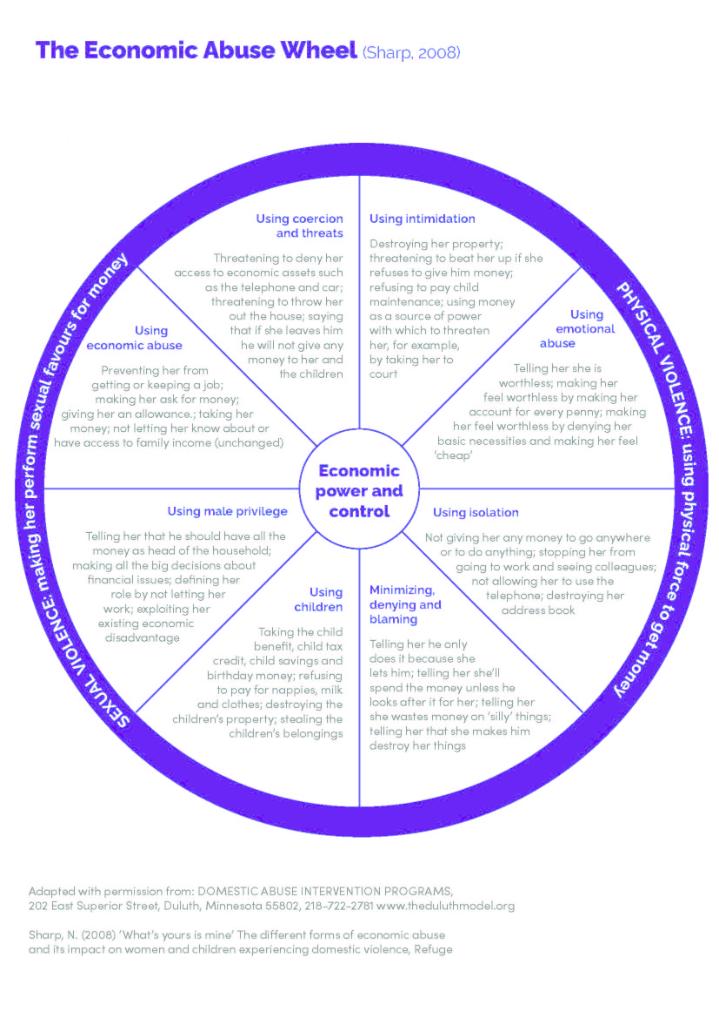What is Domestic Abuse and Coercive Control?
Whether you are a student or a staff member, domestic abuse and coercive control are never okay and they are not tolerated at the University of Cumbria, report your concerns, by clicking the image here:
What is Domestic Abuse?
Domestic abuse is defined as any incident or pattern of incidents of controlling, coercive, threatening behaviour, violence or abuse between those who are, or have been, intimate partners or family members regardless of gender or sexuality.
This can include, but is not limited to:
Psychological; Physical; Sexual; Financial; and/or Emotional abuse.
What is Coercive Control?
Psychological abuse
This is usually through isolation, derogatory comments, threats and restrictions. Gaslighting is a type of psychological abuse used in coercive control that aims to make someone feel unsure of themselves, their recollection of events that have happened, and their own perceptions. It uses lying, denial of events and misleading statements to invalidate their perception of things. It can be reactive, or purposefully orchestrated, with some abusers going to extreme lengths to stage events that will confuse the victim.
Emotional control
Emotional control is carried out by using emotions to humiliate, manipulate, blame and critique someone. The aim of this type of abuse is to wear away at their confidence and self-esteem. Perpetrators might play on emotions to make unfair and unreasonable requests and diminish boundaries so that the victim dedicates all their time to them. Emotional abuse also includes bullying the person into sharing a viewpoint, invalidating upsetting events because the victim cannot remember the exact time and place that they occurred, and never being pleased with the victim’s actions. They may relay that their jealousy is a form of love.
Blackmail
This incorporates elements of psychological and emotional control but uses specific events or materials to coerce someone into submission. An example of this is revenge porn. A partner or ex-partner might threaten to release intimate images of you if you don’t follow through on something they have asked you to do. In some cases, blackmail doesn’t involve a threat of something involving the victim, but the victim can think they have done something wrong when they have not, and submit to the offender’s wishes in order for it not to be exposed.
Sexual Coercion
This is when sexual activity is unwanted but occurs because one is non-physically pressured, tricked or intimidated into participating. For example, a partner might tell you that you owe them a sexual favour as they have done something for you. It can also be in the form of repeated demands for sex, pestering and harassing you to give in.
Economic Sanctions
This entails the perpetrator orchestrating financial sanctions when they don’t get their own way. This could start with small ‘fines’, and progress to taking away the person’s entire financial freedom. For more examples of Economic abuse, explore the infographic below: 

-240x139.jpeg)